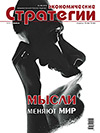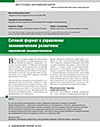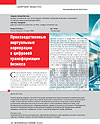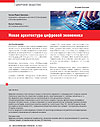Network Format in Managing Economic Development: European Macro-Regionalism
The article dwells on a multi-level approach to managing development on the example of Europe of macro-regions — a set of macro-regional innovation ecosystems, characterised by project-network structure and collaborative mechanisms of cooperation. The authors describe specificity of EU macro-regional strategies as the tools for horizontal coordination of national economic policies and smearing of outdated hierarchical model of European integration. The paper highlights useful lessons of European macro-regionalism for Russia’s promotion of an integration project on the EAEU territory.







